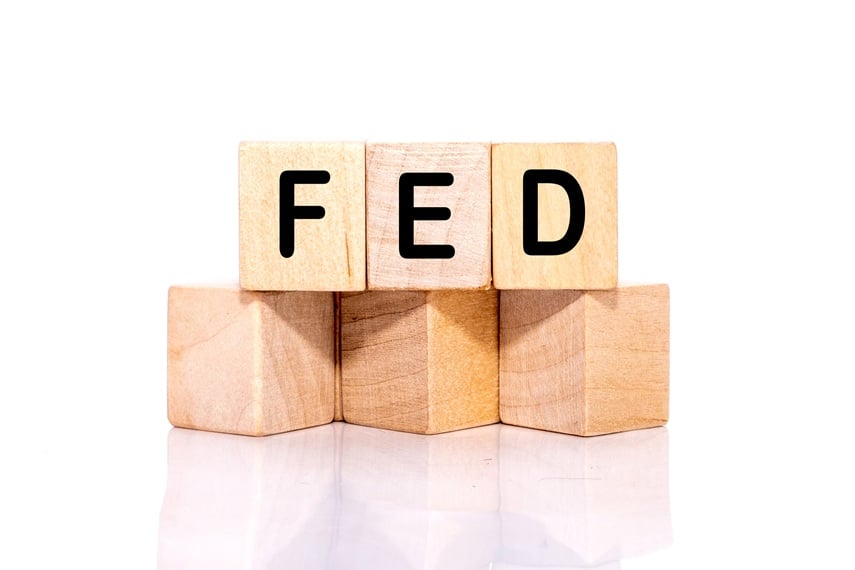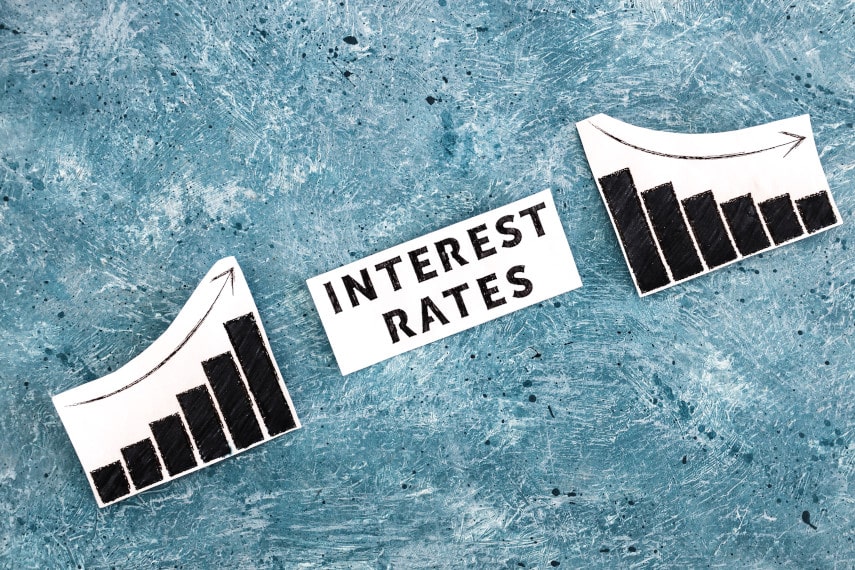
After many months of speculation, the Federal Reserve’s Federal Open Market Committee (FOMC) has finally decided to begin tapering its asset purchases. The FOMC announced last week that the taper will start in November, as many had predicted, and outlined the expected schedule of its tapering.
The Fed intends to purchase at least $70 billion of Treasury securities this month and $35 billion of agency mortgage-backed securities. That will drop to $60 billion and $30 billion respectively in December. Each month thereafter will see a further $10 billion and $5 billion drop respectively. That would indicate that May would be the final month in which the Fed intends to purchase assets to expand its balance sheet.
The total amount of balance sheet expansion the Fed hopes to engage in would therefore be about $420 billion, bringing the total size of the Fed’s balance sheet to $9 trillion. It’s still a massively bloated sum, and means that any attempt at monetary policy normalization won’t be happening anytime soon.
Market Reaction to the Taper
Given how dependent markets have become on easy money, you might expect that markets would have gone apoplectic at the Fed’s announcement, just like they did during the taper tantrum in 2013. But with the Fed having telegraphed its intention for months, markets have likely already priced in the taper.
In fact, stock markets ended the day at record highs after the FOMC’s announcement. Perhaps markets saw the beginning of tapering as a positive sign that the economy is improving and is no longer dependent on easy money. But how long can this positive attitude last?
At some point economic fundamentals will take over. And with less money entering financial markets, it’s all but guaranteed that markets will slow.
How long that will take to transpire, however, is anyone’s guess. After all, it took over a year for inflation to show up in a major way, even after the Fed had doubled the size of its balance sheet. So it’s not inconceivable that markets might manage to remain elevated for a little bit after the tapering and asset purchases come to an end. But at some point a slowdown has to be expected.
It’s important to remember too that the FOMC’s statement specifically stated that “it is prepared to adjust the pace of purchases if warranted by changes in the economic outlook.” In other words, if there are any hiccups, or if markets begin to take a nosedive, this entire taper could be completely undone.
Therefore you have to wonder how serious the Fed is about sticking to its taper program. The last time the Fed tried to reintroduce normality to monetary policy it lasted mere months before the Fed gave up and threw in the towel. Do we really think that the Fed can do anything differently this time around? Do we really think the economy won’t have some sort of major event before next May that will cause the Fed to make an about face?
What Markets Might Do
In the event that markets do end up reacting to the Fed’s taper, the most likely result would be a slow and gradual decline in stock markets. As the supply of easy money peters out, institutional investors who have benefited from easy money and low interest rates are going to have a more difficult time adjusting to the lack of continued monetary support.
Markets are going to have to make do with what is out there right now, which is certainly substantial. But with no further monetary injections, and hopefully no prospect of the Fed deciding to cover losses, investors will be on their own again for the first time in years.
The expectation, of course, is that the Fed will step in again if markets begin to turn south. The so-called “Fed put” has become entrenched in the minds of many investors, largely as a result of the Fed’s actions since 2008. Every time stock markets have faced difficulty, the Fed steps in to provide liquidity, blowing the growing stock market bubble ever bigger.
At some point that bubble will burst, investors will panic, and no amount of further monetary stimulus will be sufficient to prevent a stock market collapse. That’s what we saw in 2008 and immediately afterward, when the massive amounts of Fed stimulus in the form of quantitative easing (QE) came after the damage had already been done. And for years afterward, that stimulus didn’t really do anything to stimulate markets or get them back to normal.
Lessons to Be Learned
Probably the one lesson to learn from the Fed’s tapering is that it’s yet another sign that markets are going to be in for some tough times in the near future. Stock performance for the past several years has been correlated with the Fed’s monetary policy, so the end of asset purchases should mean that stock markets will stop hitting record highs and will see some sort of correction.
Even in recent years, lack of Fed asset purchases from week to week has been correlated with stock market losses, so the complete end of asset purchases makes stock market losses all but certain. For those looking to protect their assets, the writing is on the wall. Now could be a very good time to get out of stocks and start protecting the wealth you have already accumulated.
One way that many investors do that is by investing in gold and silver. Gold and silver have a track record not just of maintaining their value during times of economic uncertainty, but also of gaining value. During the 1970s stagflation, both gold and silver saw annualized gains of 30% over the course of the decade. And after the 2008 financial crisis, gold tripled in price while silver more than quintupled.
Thousands of investors have already taken the plunge by buying gold and silver, and many who bought before last year have already seen the benefits as gold and silver skyrocketed in reaction to last year’s stock market weakness. Gold and silver haven’t backtracked much, however, and every new piece of news about rising inflation, supply chain disruptions, or stock market weakness buoys the price of gold and silver.
There’s every reason to believe that gold and silver could see phenomenal growth throughout the 2020s, as the outlook for the economy for the next few years remains dim. If the 2020s end up as stagflationary as the 1970s, investors who stick to stocks could end up disappointed, while those who turn to gold and silver could be very pleased.
Do you have retirement accounts such as a 401(k), 403(b), TSP, IRA or similar account with assets that you want to protect? Are you wondering how you can protect those assets with a gold or silver investment? With a precious metals IRA, you can safeguard the assets those accounts with an investment in gold or silver. A gold IRA or silver IRA allows you to invest in physical gold or silver coins or bars that you own and can take physical possession of when you decide to take a distribution.
Even better, you can fund your precious metals IRA with a tax-free transfer or rollover from your existing retirement accounts. That allows you to lock in the gains you have already made, move your wealth into precious metals, and benefit from future price growth in gold and silver.
If you don’t want to touch your tax-advantaged retirement accounts, or if you would rather protect your cash-equivalent accounts such as savings accounts, money market funds, or CDs that could lose money to inflation every year, there’s also the option of direct purchases of gold and silver. You can buy gold and silver coins or bars and have them delivered straight to your doorstep. Or if you would prefer to store them safely, Goldco can help you work with bullion depositories that offer safe and secure storage for your precious metals investments.
No matter how you decide to invest in gold and silver, you’ll want to make sure you’re prepared before markets start to tank. Once everyone starts to head for the exits, you may be too late to protect your wealth. Yes, it may be painful to think about getting out of markets right now when they’re at all-time highs and everyone thinks they’ll keep climbing. But if markets were to drop over 50% like they did during the 2008 crisis, wouldn’t you be glad that your assets were protected with gold and silver?
The precious metals experts at Goldco can help you understand and navigate the world of precious metals, and help you through the precious metals purchase process. With over a decade of experience helping thousands of customers just like you, we know how important it is to protect and defend your retirement savings. Give Goldco a call today to learn more about how you can safeguard your savings with gold and silver.





